Rajshahi, Oct 13 (V7N) – Amid the ongoing Aman rice harvesting season in Rajshahi, farmers are facing severe losses due to the widespread use of fake and adulterated pesticides. Nearly 90 percent of farmers reportedly purchase pesticides on credit, making them vulnerable to unapproved or counterfeit products sold by local dealers.
Farmers allege that despite spending over half of their total crop expenses on pesticides, pest control remains largely ineffective. Many counterfeit pesticides mimic popular brands like Syngenta’s Emistor Top, a product widely used to prevent rice rot, exploiting high demand among farmers. These fake pesticides are produced and distributed openly from factories and syndicates located in Kesharhat of Mohanpur upazila and Sabaihat of Naogaon district.
In Mundumala and other markets across Tanoor, Godagari, Bagmara, Durgapur, and Chapainawabganj, farmers frequently purchase these counterfeit products without realizing they are fake, as packaging closely resembles the original brands. Local dealers often sell these products without authorization or proper documentation, further compounding the issue.
Several farmers, including Shamsim from Badair village and Mizan from Prakashnagar village, reported that despite using Emistor Top purchased at discounted rates from local dealers, their crops continued to suffer from rice rot, confirming the pesticides were counterfeit.
Officials acknowledge the problem. Umme Salma, Deputy Director of Agricultural Extension in Rajshahi, confirmed that fake and adulterated pesticides are present in the market. Authorities have conducted raids, fined some shops, and are continuing monitoring efforts. Farmers are advised to obtain official memos from dealers when purchasing pesticides to ensure traceability. This documentation allows authorities to take legal action, including mobile courts, if the pesticides fail to perform.
The agricultural department emphasizes that collaboration from farmers is crucial to curb the circulation of counterfeit pesticides and protect crop yields in the Barendra region.
END/MRA/SMA/



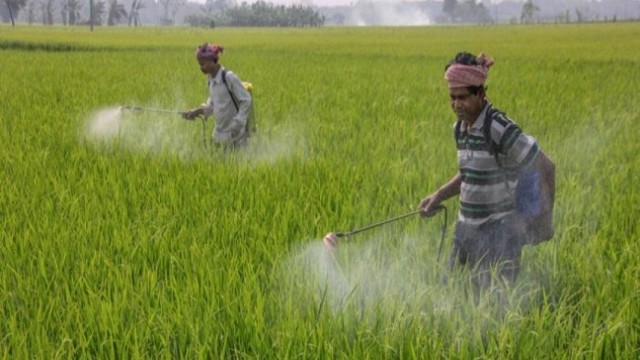
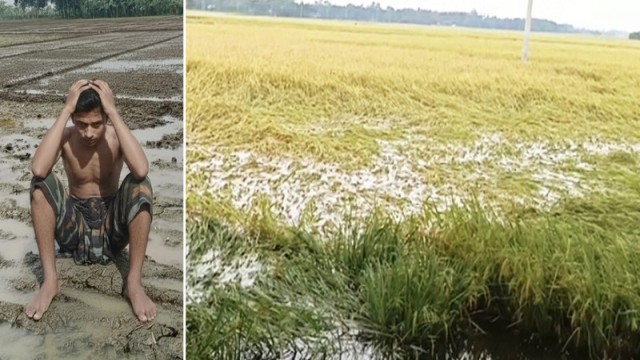
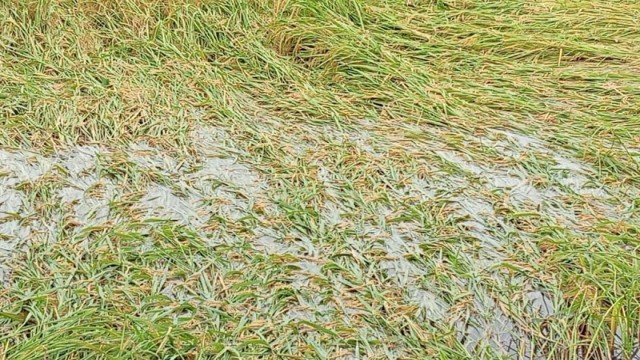
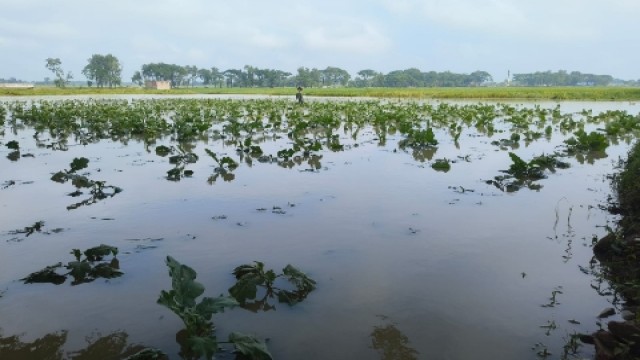
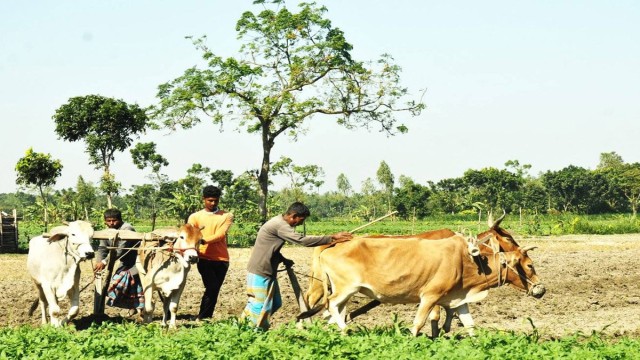
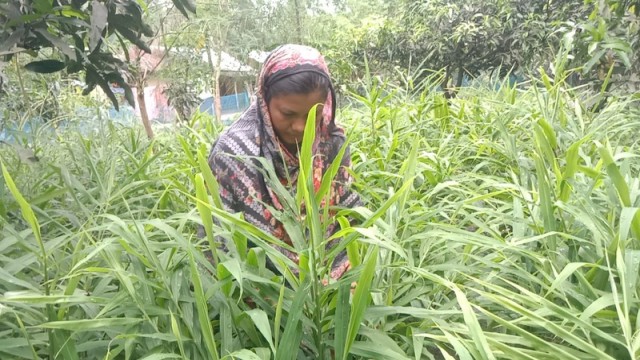
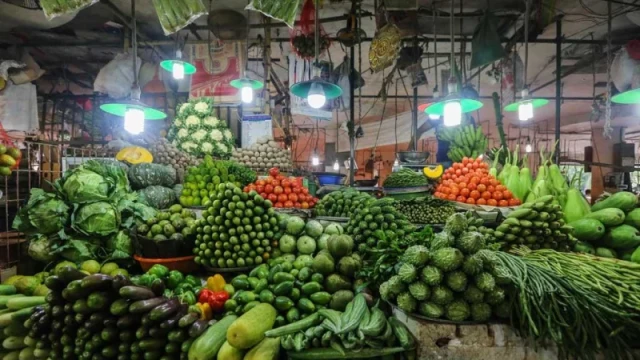
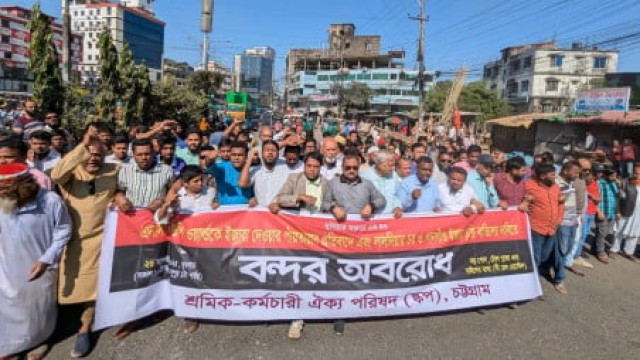


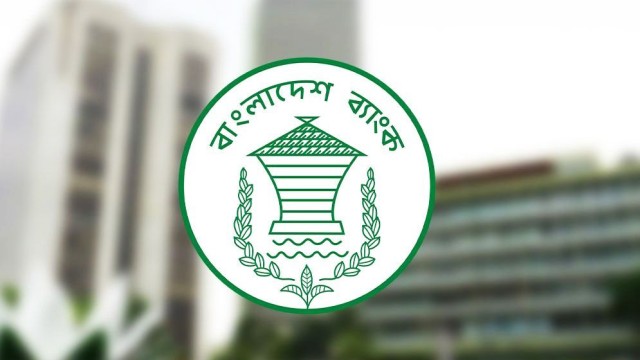















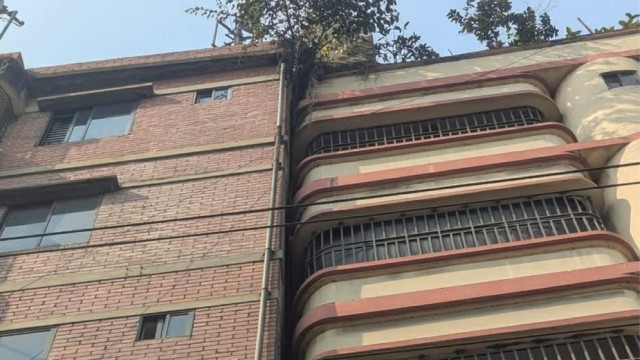
Comment: